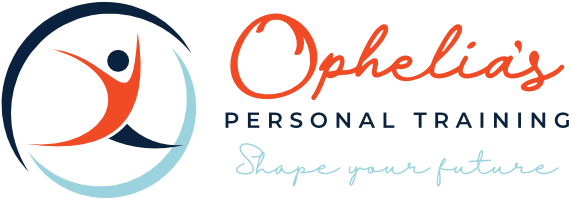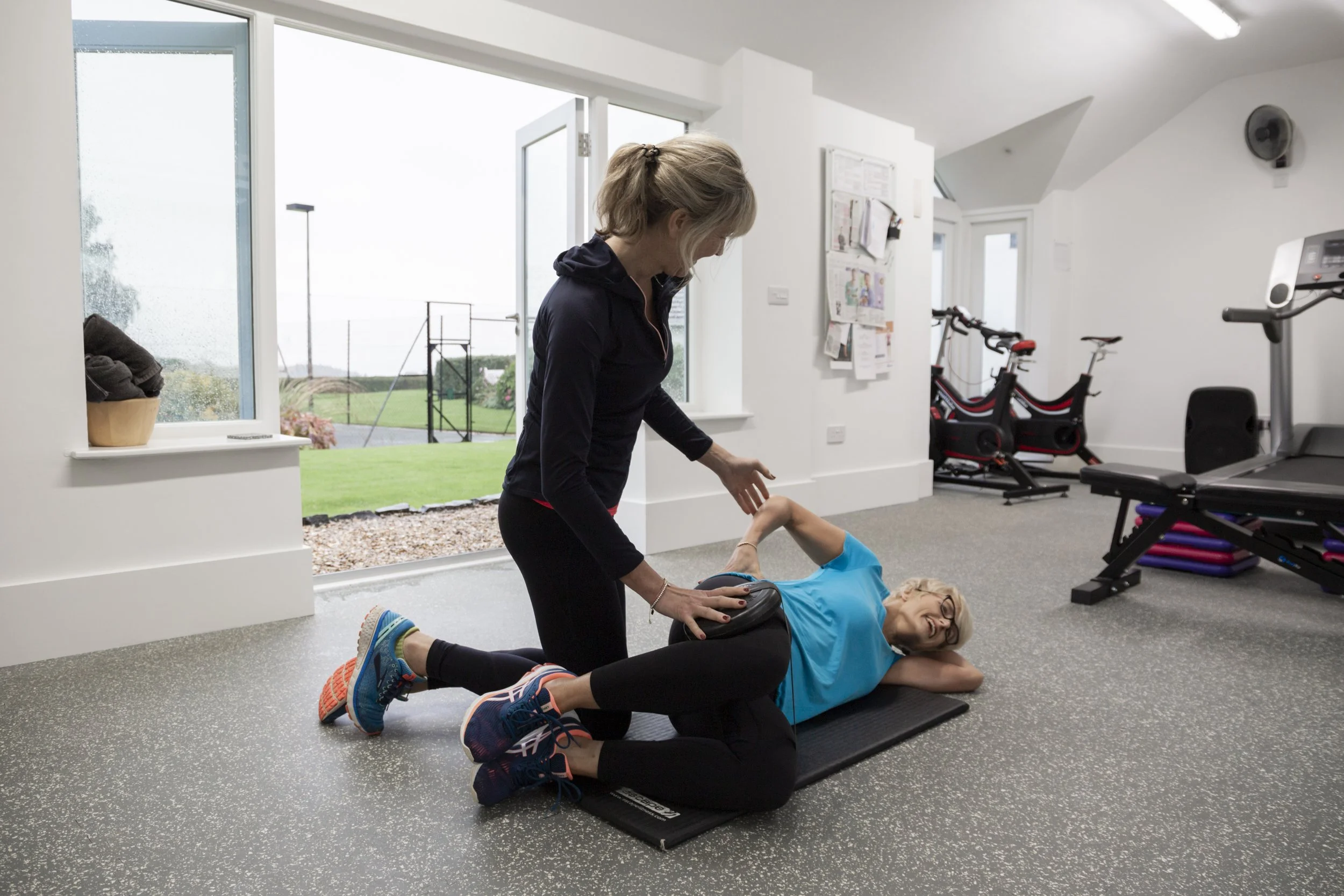Have you ever had back pain?
Stuart McGill’s extensive research and subsequent findings on how to help people come out of back pain and re-build their strength has been enlightening for me.
I have been fortunate to work with many clients who have consistently changed the way they move, sit, stand and perform daily tasks to transform their back health.
I would highly recommend his book, The Back Mechanic.
Stuart McGill is the leading expert on spine health. He says that the advice we’re getting is wrong.
Four out of five Britons will suffer from back pain at some point and many will spend a small fortune trying to fix it, buying into the promise that practices such as yoga or Pilates will develop their spines to withstand everyday stresses.
At the start of the month, scientists added weight to the argument that exercise is the answer in a study that dismissed taking drugs for the pain as largely pointless. Publishing their report in the Annals of the Rheumatic Diseases, the researchers from the Musculoskeletal Division at The George Institute for Global Health in Sydney said that, while anti-inflammatory pills such as ibuprofen are widely prescribed for back pain, they make little difference to the condition. “Patients with back pain should consider an exercise programme to help them manage their condition, eg aerobic exercises, strengthening/stretching exercises, Pilates, yoga, core-stability exercises,” said Dr Gustavo Machado, a member of the research team.
Yet not everyone is convinced that such workouts are the way to go. Stuart McGill, the professor of spine biomechanics at the University of Waterloo in Canada and the author of more than 400 published clinical papers on spine health, is widely regarded as the world’s leading expert on back problems. His clinics are a mecca for anyone with seemingly incurable conditions, from high-flying executives and yummy mummies to gym-goers and Olympians, all of whom have been fed a familiar line. “Typically, you hear of people who are told to take a painkiller, take up something like Pilates or that their back problems are all in their mind,” McGill says. “In truth, every case of back pain is different and if treated appropriately can be relieved.”
While some daily activity is essential for the health of our spines, McGill is staunchly opposed to a blanket prescription of fashionable fitness classes for back pain sufferers. Not all workouts suit all people and he says that for many people hitting the gym or doing endless yoga and Pilates can cause as many problems as they attempt to solve. “Many doctors mindlessly suggest Pilates and yoga, buying into the unexamined orthodoxy that it’s good for the back,” McGill says, “but this needs to stop.”
Our spines fit broadly into two categories, McGill says, and the key is to select exercise types that suit our body types. “Some people have slender spines that bend and flex like a willow branch and they will find stretching, yoga and Pilates easy and painless,” he says. “For others, their spine is thicker and less flexible — more like an oak tree — and the same activity is going to cause problems and pain.”
In addition, many gym routines include excessive bending, twisting and loading of the spine that is damaging. “The truth is that someone hitting the gym every day but doing the wrong sorts of exercises for their body will develop cumulative trauma in their discs,” McGill says. “Repeatedly bending your back at the gym and then sitting down for hours can leave you worse off than ‘unfit Joe’ who does no exercise.”
So what’s the answer? Here, McGill gives his five rules for a fit back and suggests three obligatory exercises that you should do every day:
Pilates and yoga are not a cure
While some people — generally the fine-boned with thin spines — can tolerate the bending and loading that yoga and Pilates entail, McGill says his studies have found little evidence that they are universally therapeutic — in fact his studies “have indicated the opposite”. His clinics are packed with “a huge number of young mums who do yoga or Pilates and who can’t understand why they have back pain”. Part of the problem lies with the principle of flattening the spine to the floor in Pilates, a practice that straightens out its natural curves, and with the loading moves of yoga. “For many people this can be a pain trigger,” McGill says. “A good teacher will assess an individual’s back and adjust exercises accordingly when they are problematic. If moves are modified, they might be more helpful, but they certainly are not a blanket cure.”
Walk fast
If there’s one exercise you should do on a daily basis, make it fast walking. “Regular walking is extremely and uniquely important for back health,” says McGill. “It should be a mandatory component of your pain-elimination programme.” Yet a mistake that back pain sufferers make is to amble along at a leisurely pace in the belief that power-walking would exacerbate their problems, then wonder why they feel worse when they finish. “Walking too slowly actually loads the spine and provides more crushing forces to it,” McGill says. “Moving more briskly can change walking from a cause of pain to a pain reliever.”
With each step we take, our legs are lifted and swung in a way that produces gentle muscular contractions that prevent the pelvis from sinking. “Elastic tissues in the back reduce the amount of muscular effort needed and effectively ‘unload’ the spine with every stride,” says McGill. The faster you walk and the more you swing your arms — keeping your head up promotes a better arm action — the better the outcome for your back.
However, you should never walk “through pain”. If your back hurts as you pick up speed, you need to progress at a steadier pace. Begin gradually and aim to build up to 30 minutes of walking three times a day after a few months, McGill says. As you get fitter, he suggests walking up a gradual slope forwards and backwards. “Try lifting your arms above your head for a more upright backwards walking posture,” he says.
Avoid sit-ups
Of all exercises, the sit-up is the biggest offender on McGill’s hitlist. As a result of his studies, the Canadian Armed Forces and the US Military have dropped the decades-old staple of a speed sit-up test for potential recruits. McGill says the exercise is highly risky for the back. His findings show that statistically there’s a much greater chance of developing a back problem if the spine is repeatedly put under force from muscles contracting to hold it in a bent position, as it is in the sit-up.
“When we’ve measured the loads on the spine with each sit-up, they were right on the limit noted by us and orthopaedic experts as causing damage over time and with repetition,” he says. “Our research certainly justifies avoiding sit-ups as part of an exercise routine for a healthy spine.” He is similarly opposed to the “roll-up” exercise, a modified sit-up performed by rolling through each segment of the spine as the upper body is raised, which is often in Pilates classes. “It just takes a bad exercise and makes it worse,” McGill says. “It’s an exaggerated movement that puts added load on the discs.”
Choose running over team sports
Running has the reputation of being harmful to the joints, sending shock reverberating from the feet and up through the spine with every stride. Yet for many reasons it is a preferred activity for long-term back health. “If you were to take twins and recommend one becomes a recreational runner, the other a soccer or tennis player, then it would be the runner who is far less likely to develop an arthritic spine as they get older,” McGill says. “In fact their spine is likely to be in not bad condition at all.”
Few studies have compared the incidence of back pain in specific sports, but one from the University of Helsinki two decades ago found that former elite runners had markedly lower reported incidences of back pain after they had retired than athletes in other sports, including weight-lifting and football. Running, says McGill, is an activity that involves forward motion “with no big bends, loaded stretches or heavy twisting”, all of which are common in many sports.
You can’t stretch away back pain
Many a personal trainer will insist that a stretching programme to maintain flexibility and spine mobility is essential for back health. McGill says this is “an old-fashioned notion that needs challenging”. Often the stretches recommended for back pain provide only temporary relief and are actually doing more harm than good. In fact, movements that bend the spine — such as touching the toes or pulling the knees to the chest while lying on the floor — trigger a neurological response, called the stretch reflex, that leads to pain relief for about fifteen minutes. “But by putting your spine in this position you’re actually aggravating the discs,” McGill says. “The temporary relief is masking the damage you’re causing underneath and the pain will return, often worse than before.”
His advice is to avoid any stretches that involve pulling the knees upwards or flexing the spine. “Instead, think about stabilising the spine and holding it in a neutral position as you move naturally,” he says. Stretching your hamstrings won’t help either. Tight hamstring muscles are often considered a risk factor for back pain, but are more likely a symptom than a cause. Tightness often diminishes as back pain is effectively treated.
The ‘big three’ exercises to try
From his research, McGill has identified three exercises that he says are “non-negotiable” when it comes to treating back pain. They should be performed daily, ideally not first thing, but between mid-morning and dinner time. With all of them, brace the abdominal muscles, rather than hollowing or sucking them in, to ensure you have a stable core:
Move 1: modified curl-up
Lie on the floor with hands palms down under the lumbar region of the back (the hollow). Raise your elbows slightly so that they aren’t touching the floor and brace the abdominals. Raise the neck and shoulders off the floor without using your hands and without straining. Hold for a count of 8-10, then lower back down. Start with 5 repetitions, rest for 30 seconds, then 3 repetitions, rest for 30 seconds, then 1 repetition.
Move 2: half side plank
Lie on your right side on the floor. Flex your knees and hips and support yourself with your right forearm positioned on the floor beneath your shoulder. Your body should be in a straight line from the knees up to the head, but your knees should remain on the floor. Brace your body and press up through your hips until you are supporting your body with your elbow and knees, resting your left hand on your hip. Hold for 10 seconds, breathing normally. Try 3-4 repetitions on one side before changing.
Bird dog: do not raise the arm higher than the shoulder
GETTY IMAGES
Move 3: bird dog/quadruped
Position yourself on all fours, hands beneath shoulders, and raise the opposite arm and leg simultaneously. Do not raise the arm higher than the shoulder nor the leg past the height of the hips. You should be aiming to hold the limbs parallel to the floor for 6-8 seconds. If that is too much for your back, start by raising just one leg. Try 4 x 10-second holds on each side.
Stuart McGill is the author of Back Mechanic: the secrets to a healthy spine your doctor isn’t telling you, £29.99, backfitpro.com
REFERENCE
Peta Bee - Tuesday February 21 2017, 12.01am, The Times

